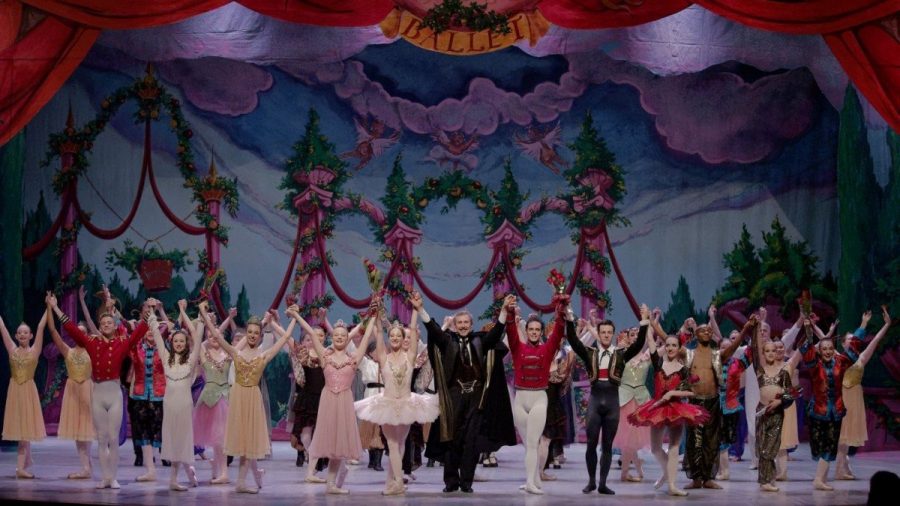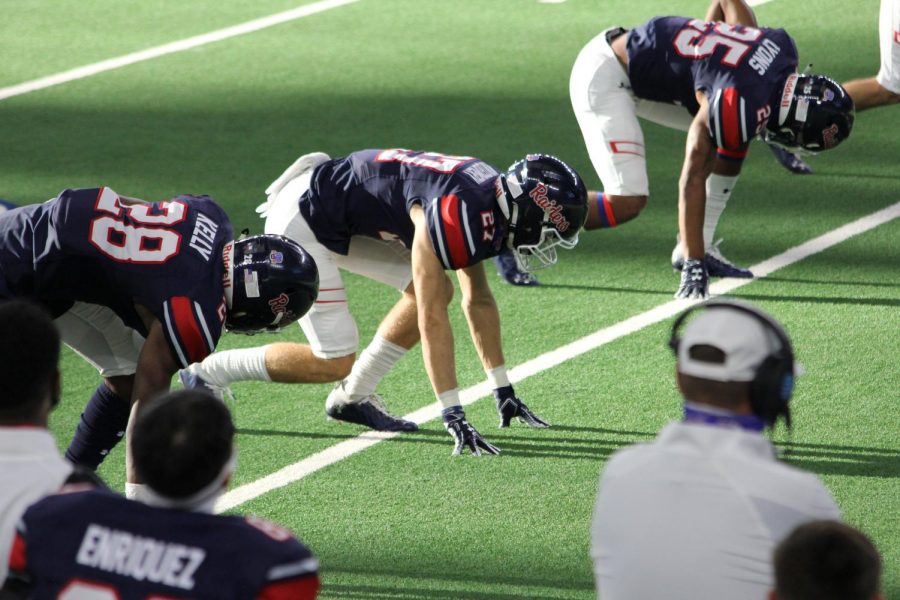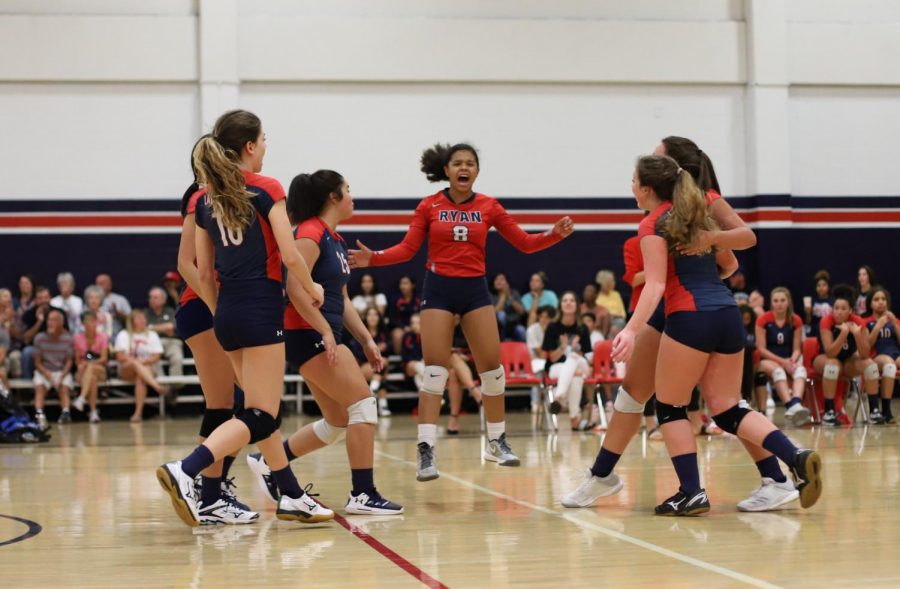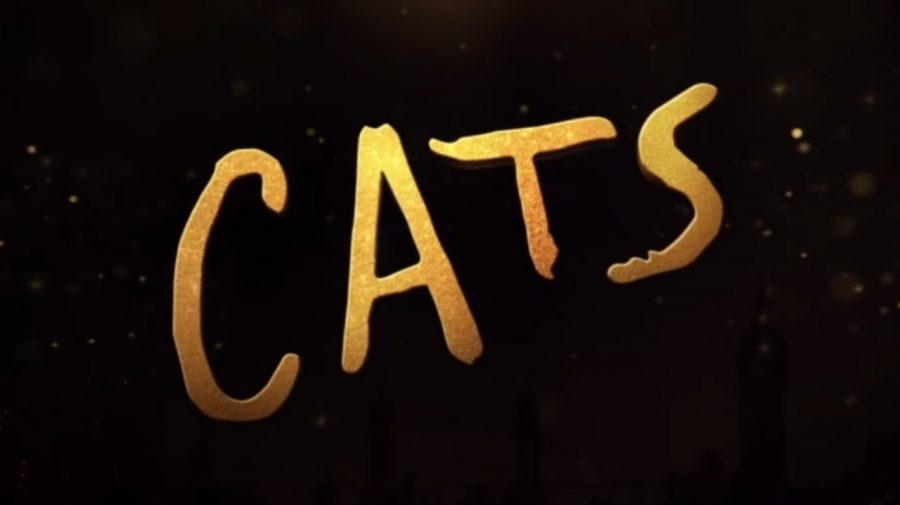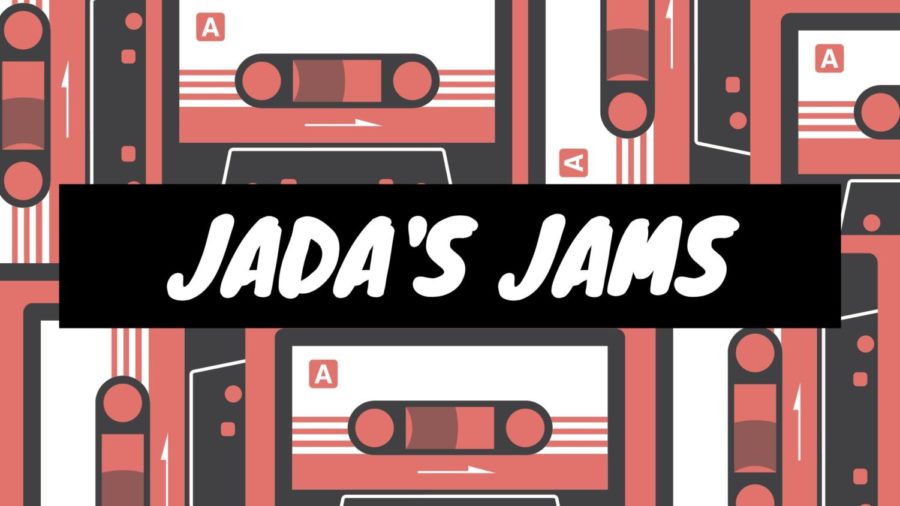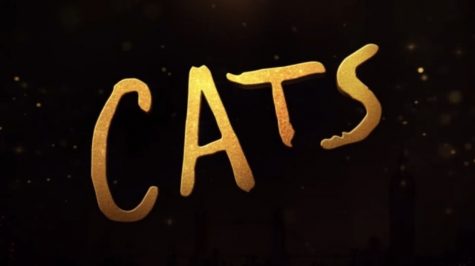What’s the Catch?
I never realized how much I appreciated chronological order until I read Joseph Heller’s Catch-22. Wow. This book is like entering the lobby of an office building, going up 20 flights of stairs, zip lining to a window across the street, parachuting to the ground, and then scaling up 10 floors from the outside just to take the elevator to the basement of the first building. It is the most convoluted, mind-twisting novel I’ve ever read.
But it just might have a purpose.
The novel centers around the military career of an Army Air Force captain named John Yossarian, a bombardier stationed on the Italian island of Pianosa during World War II.
I’ll admit that when I started the book, I abhorred it. The roundabout story-telling method appalled me. Instead of starting from the beginning, Heller starts two thirds of the way through the action and jumps arbitrarily from scene to scene and person to person. While telling the story of one character, the narrator mentions another and then, like a dog distracted by a squirrel, suddenly shifts focus to that character and completely forget the first. The exposition is relentless, chapter after chapter of learning new names and stories, only for them to become minor players or even completely disappear later on.
After awhile, though, I got into the groove of Heller’s style, and I was able to see the larger themes the novel presents. The extensive, yet ultimately pointless exposition mimics what Yossarian experiences throughout the novel; he makes friends with people, gets to know them, learns their dreams, fears, and deepest secrets, then loses them in an instant to flak or a stray bullet. I couldn’t help but pity him.
In the same vein, Heller emphasizes most of his themes through style. He wields dialogue, with characters who use circular logic or parrot whole sentences from each other and present them as new ideas, to convey the preposterous, nonsensical reasoning of the army. The idea of “Catch-22,” an army regulation originally created to stop soldiers from being grounded, conveniently morphs into whatever rule allows the army to do what they please at any given moment, even going so far as to say American soldiers have the right to do anything they want as long as Roman citizens can’t stop them. It’s disgusting. I wanted to reach into the novel and wring the necks of the administration that was allowing their soldiers to pointlessly hurt people.
Written in the post-war 1950s, the novel’s sardonic tone clearly portrays Heller’s views of war and government policy through the medium of Yossarian. Yossarian seems completely eccentric at first, but as the novel progresses, it becomes clear he might just be the only character with any sense. After all, he’s the one who fights hardest to preserve his own life. His struggles with obeying the officers who want to send him to his death highlight a crucial dilemma since the Korean War- who are a soldier’s true enemies? The people shooting at his plane, or the officers who sent him up in that plane to begin with?
All in all, Catch-22 is a whirlwind of a novel that doesn’t let up. I managed to keep my head above water, though, and its themes opened my eyes to the realities of modern war. It’s not always honorable, and the men who control the outcome are often far from the frontlines. What matters more, to win the war, or to live? These questions are the reason I would recommend the book to others. It’s not exactly a fun read, but I think it’s necessary.

INFJ- I’m a senior involved in creative clubs and activities like Newspaper, Yearbook, Literary Criticism, and the Literary Magazine. I love writing,...






